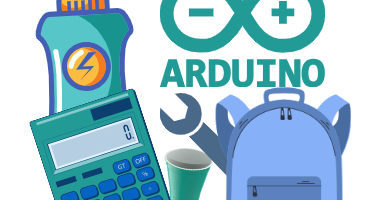Food safety is important, so that you don’t maim or poison yourself in the kitchen. In this column, I will tackle seemingly-intuitive food preparation techniques that I have gotten wrong before.
The easiest and most common food preparation technique shall be first: storing and reheating leftovers. After cooking food, anything not immediately consumed should be stored in the fridge or freezer as soon as possible. Food that will be eaten within three days goes in the fridge. Food with a scheduled consumption date beyond three days should be stored in the freezer. It is important to cool the food as quickly as possible, since a temperature of 4 to 60 degrees Celsius is known as ”The Danger Zone,” at which bacteria grows most quickly. One should get food out of the danger zone as quickly as possible. This can be accomplished by layering food thinly in storage containers to maximize surface area. If food stays in the danger zone for more than two hours it should not be consumed.
Food can be reheated in a microwave, on a stovetop, or in an oven. This is more difficult than it seems, especially when reheating larger portions. It is tempting to get impatient and settle for half-cold food, but that can be dangerous to your health. Food needs be reheated to at least 74 degrees Celsius. A food thermometer is useful in judging whether or not food is safe to consume, but visual evidence of “steaming” can be used in a pinch.




Leave a Reply